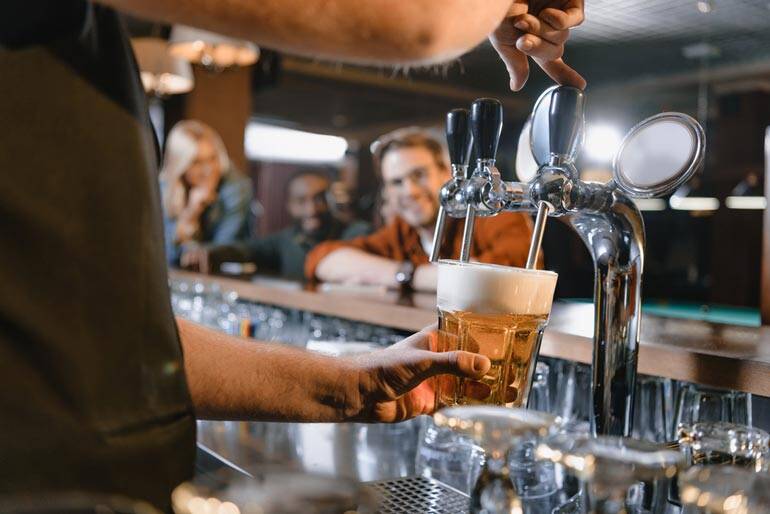Start 14-Day Trial Subscription
*No credit card required

Why Is Beer the Most Used Drink to Represent Alcohol in Popular Culture and Media?
From its cultural significance to its versatility and accessibility, beer has a long history and widespread appeal. Dive into this blog post to explore why beer is frequently used to represent alcohol and how it influences our perception of alcohol consumption and culture.
The Evolution of Beer: A Brief History
Beer is one of the oldest and most widely consumed alcoholic beverages in the world. Its history dates back to ancient times when it was brewed in different parts of the world using various ingredients and techniques. Over time, beer has evolved and transformed, becoming a cultural and economic staple in many societies around the world.
The origins of beer can be traced back to ancient Mesopotamia, where the earliest known beer recipe was discovered on a clay tablet dating back to 4,000 BC. Beer was also brewed in ancient Egypt, where it was used as a form of payment and enjoyed by pharaohs and commoners alike. Beer production and consumption spread to other parts of the world, including Europe, Asia and the Americas.
Throughout history, there have been numerous developments in the brewing of beer. One of the most significant was the discovery of yeast, which allowed for the controlled fermentation of beer and led to the development of new beer styles. In the Middle Ages, monks played a significant role in the brewing of beer, with many monasteries having their own breweries and producing unique styles of beer. In the 19th century, the industrial revolution led to the mechanization of beer production, making it more efficient and enabling mass production of beer.
The emergence of different beer styles is another key development in the history of beer. From the light and refreshing pilsners of Czech Republic to the rich and complex stouts of Ireland, beer styles have evolved and diversified over time, reflecting the unique cultural and environmental conditions of different regions. The development of new brewing techniques and ingredients has also led to the creation of new beer styles, such as IPAs and sour beers.
The globalization of the beer industry in the 20th and 21st centuries has had a significant impact on the evolution of beer. Large multinational corporations now dominate the beer market, with brands like Budweiser, Heineken and Corona being sold in almost every country in the world. However, the rise of craft breweries and microbreweries has challenged the dominance of these large corporations, allowing for the production of small-batch, artisanal beers that showcase unique flavors and styles.
In conclusion, the evolution of beer over time is a fascinating topic that highlights the cultural, economic and technological developments that have shaped the beer industry. From its origins in ancient times to its present-day global reach, beer has played an important role in human history and continues to be a popular and beloved beverage around the world.
Conclusion
In conclusion, this article has explored the reasons behind beer being the most commonly depicted alcoholic beverage in media and pop culture. We discussed the popularity of beer as a beverage, its cultural significance in different societies and traditions, the connection between beer and casinos, and the evolution of beer over time.
We also touched on the potential negative effects of excessive beer consumption, such as addiction, health risks and drunk driving. It is important to practice responsible drinking and moderation, and to acknowledge and address the negative consequences that can come from excessive beer consumption.
Moreover, we highlighted the need for a more nuanced and responsible depiction of alcohol in media and pop culture. While beer is a popular and relatable beverage, it is important to ensure that its portrayal in media and pop culture does not encourage irresponsible or excessive consumption.
Pages
- « first
- ‹ previous
- 1
- 2
- 3



